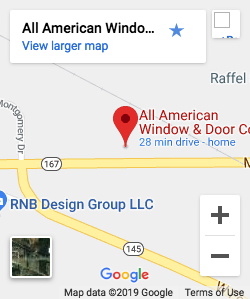Blog
Seven Best Strategies for Choosing Windows and Siding That Boost Energy Efficiency by 30 Percent
In today's eco-conscious world, the choice of windows and siding plays a pivotal role in enhancing energy efficiency, with the potential to reduce energy consumption by as much as 30%. According to the U.S. Department of Energy, about 25-30% of residential heating and cooling energy use can be attributed to heat gain and loss through windows.
 Furthermore, the Insulated Siding Institute reports that installing insulated siding can not only improve a home’s insulation value but also contribute to significant savings on energy costs over time. As homeowners increasingly seek ways to optimize their living spaces while minimizing environmental impact, understanding the best strategies for selecting windows and siding becomes crucial.
This blog will explore seven top strategies that can help you make informed decisions, ensuring your home not only looks great but also operates efficiently, saving both money and precious resources.
Furthermore, the Insulated Siding Institute reports that installing insulated siding can not only improve a home’s insulation value but also contribute to significant savings on energy costs over time. As homeowners increasingly seek ways to optimize their living spaces while minimizing environmental impact, understanding the best strategies for selecting windows and siding becomes crucial.
This blog will explore seven top strategies that can help you make informed decisions, ensuring your home not only looks great but also operates efficiently, saving both money and precious resources.
Understanding Energy Efficiency: Importance of Windows and Siding
 When considering energy efficiency in your home, windows and siding play a crucial role. Understanding how they contribute to reducing energy consumption can significantly impact your energy costs. High-quality windows and properly installed siding can help insulate your home, preventing heat loss in winter and keeping it cool during summer. This insulation effect not only creates a comfortable living environment but also improves the overall energy efficiency of your home, with some estimates suggesting improvements can reach up to 30 percent.
When considering energy efficiency in your home, windows and siding play a crucial role. Understanding how they contribute to reducing energy consumption can significantly impact your energy costs. High-quality windows and properly installed siding can help insulate your home, preventing heat loss in winter and keeping it cool during summer. This insulation effect not only creates a comfortable living environment but also improves the overall energy efficiency of your home, with some estimates suggesting improvements can reach up to 30 percent.
The recent expansion of services in communities like Georgetown highlights the growing awareness among homeowners about the benefits of energy-efficient upgrades. With the rising demand for window replacements and exterior renovations, many homeowners are seeking solutions that not only enhance their property's aesthetic appeal but also make a tangible difference in energy savings. As experts note, investing in energy-efficient windows is not just an eco-friendly choice; it offers a solid return on investment by lowering utility bills and increasing property value. Embracing these upgrades is more than just a trend—it’s a strategic move towards a more sustainable and financially sound future.
Key Features to Look for in Energy-Efficient Windows
When selecting energy-efficient windows, several key features can significantly enhance your home's insulation and reduce energy costs. First and foremost, look for windows that are double or triple-glazed. These multi-pane designs create air pockets that serve as excellent insulators, drastically reducing heat transfer. Additionally, consider windows with Low-E (low emissivity) coatings. This reflective coating helps keep heat inside during winter and outside during summer, ensuring a comfortable indoor climate year-round.
Another essential feature to consider is the frame material. Vinyl and fiberglass frames offer superior insulation properties compared to traditional aluminum frames. They are also resistant to moisture and do not warp over time, which contributes to their longevity and performance. Sealed window frames with argon or krypton gas between the panes can further enhance energy efficiency by minimizing heat loss.
Lastly, do not overlook the importance of window ratings. Look for the National Fenestration Rating Council (NFRC) label, which provides valuable information on a window's energy performance. Pay attention to ratings such as U-factor, solar heat gain coefficient, and visible transmittance to ensure you're making an informed decision that maximizes energy efficiency in your home.
Selecting the Right Siding Material for Optimal Insulation
When it comes to enhancing your home's energy efficiency, selecting the right siding material is crucial. Different materials offer varying levels of insulation, which can significantly impact your heating and cooling costs. For instance, fiber cement siding is a popular choice due to its durability and excellent insulation properties. It effectively repels moisture and resists pests, making it a long-lasting investment that can keep your energy bills in check.
Another great option is insulated vinyl siding, which comes with built-in foam backing that enhances its thermal performance. This type of siding not only improves energy efficiency but also aids in noise reduction, providing a quieter indoor environment. Additionally, wood siding, while requiring more maintenance, can be treated to improve its insulation capabilities. By choosing the right siding material, homeowners can create a more energy-efficient space that doesn't compromise on aesthetics or comfort.

The Role of Professional Installation in Enhancing Energy Efficiency
When it comes to enhancing energy efficiency in your home, the role of professional installation cannot be overstated. In fact, studies indicate that nearly 70% of windows installed inefficiently may result in substantial energy loss, negating potential savings. Some homeowners may opt for DIY installations; however, without the expertise and precision of professionals, the chances of air leakage and thermal inefficiencies increase significantly.
Upgrading to energy-efficient windows, particularly in regions with harsh climates, can dramatically lower heating costs. For example, in colder areas, homes can lose approximately 25% of heat through poorly insulated windows. By investing in high-performance windows and ensuring they are installed by certified experts, homeowners can boost their energy efficiency by up to 30%. Moreover, professional installers are equipped with the right techniques to ensure a perfect fit, which not only enhances energy savings but also improves overall home comfort and value.
In addition, combining window upgrades with proper insulation practices, such as loft insulation, can yield even greater results. An uninsulated loft can also lead to significant heat loss, further emphasizing the importance of integrated approaches that professional installers can provide. The synergy between quality materials and expert installation creates a robust foundation for achieving long-term energy efficiency and reduced utility bills.
Innovative Technologies to Maximize Energy Savings in Your Home
Innovative technologies are transforming the way we think about energy efficiency in our homes. By harnessing advancements in window and siding materials, homeowners can significantly reduce their energy consumption. For instance, consider investing in triple-pane windows that provide superior insulation compared to traditional single or double-pane options. These windows not only minimize heat loss during winter but also keep your home cool during the summer, further enhancing comfort and lowering energy bills.
When selecting siding, look for options that incorporate reflective technologies. Siding materials that feature high solar reflectance can divert solar energy, keeping your home cooler in hot months. Additionally, insulated vinyl siding can improve thermal performance, making it easier to maintain a stable indoor temperature. For the best results, ensure that both windows and siding are installed with precise attention to sealing and insulation to eliminate drafts and maximize energy savings. By focusing on these innovative technologies, you can achieve remarkable energy efficiency in your home, effectively cutting down your energy costs by 30 percent or more.
Energy Efficiency Gains from Different Window and Siding Strategies
Related Posts
-

Navigating Global Trade Certifications for the Best Windows and Siding Solutions
-
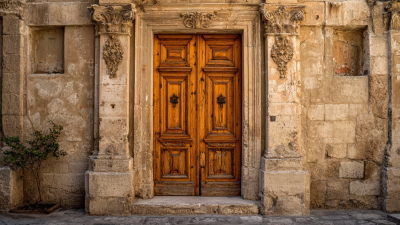
Ultimate Checklist for Choosing the Perfect Exterior Doors for Your Home
-
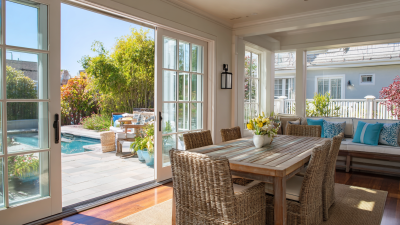
7 Best Strategies for Patio Door Replacement You Should Know
-
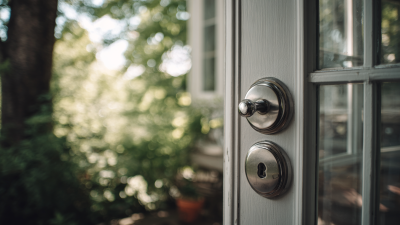
7 Reasons Why Best Door Window Solutions Can Improve Your Home Security
-
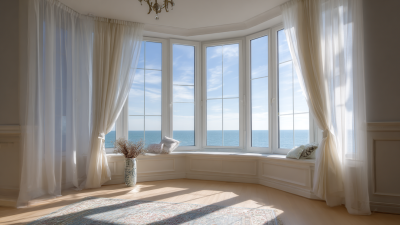
Top Strategies for Finding the Best Bay Window Replacement Solutions
-
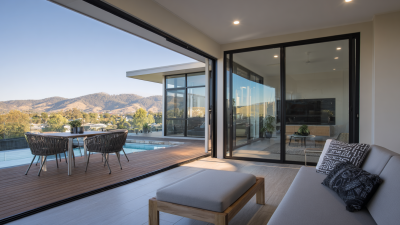
How to Identify Top Suppliers for the Best Sliding Patio Doors: A Global Buyers' Guide
About Us
We serve the Greater Milwaukee area: Waukesha, Milwaukee, Washington, Ozaukee Counties and nearby areas, including Germantown, Menomonee Falls, Mequon, Cedarburg, Thiensville, Grafton, Jackson, West Bend, Hartland, Waukesha, Brookfield, West Allis, Franklin, Greenfield and more. We are Wisconsin’s Best Contractor for Replacement Windows, Doors, Siding & Roofing!
Contact Details
Address:
N112 W14880 Mequon Road
Germantown, Wisconsin 53022
Phone:
Email:
Showroom Hours
Monday: 9am – 5pm
Tuesday: 9am – 5pm
Wednesday: 9am – 5pm
Thursday: 9am – 5pm
Friday: 9am – 4:30 pm
Saturday by Appointment
Evenings by Appointment



